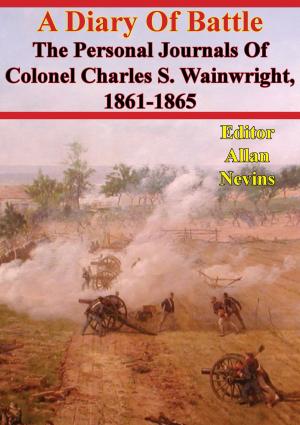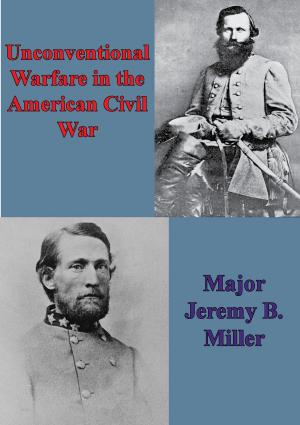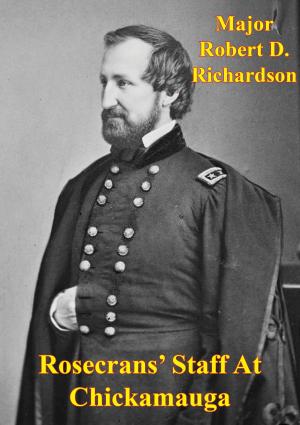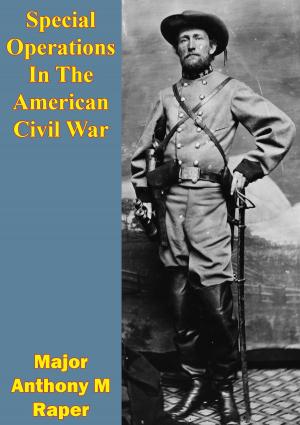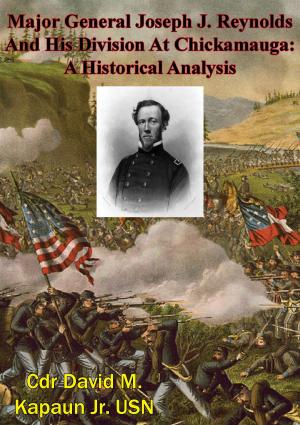Colonel John Pelham: Lee's Boy Artillerist [Illustrated Edition]
Nonfiction, History, Modern, 19th Century, Americas, United States, Civil War Period (1850-1877), Military| Author: | William W. Hassler | ISBN: | 9781782898436 |
| Publisher: | Golden Springs Publishing | Publication: | August 15, 2014 |
| Imprint: | Golden Springs Publishing | Language: | English |
| Author: | William W. Hassler |
| ISBN: | 9781782898436 |
| Publisher: | Golden Springs Publishing |
| Publication: | August 15, 2014 |
| Imprint: | Golden Springs Publishing |
| Language: | English |
Includes more than 30 maps, diagrams and portraits of Pelham, his artillery and his commanders.
“Even before the end of the Civil War Colonel John Pelham had become a legendary figure of the Confederacy. General Lee called him “the gallant Pelham,” and on seeing the young artillerist employ but a single gun to hold up the advance of three Union divisions and over a hundred guns at Fredericksberg, he exclaimed: “It is glorious to see such courage in one so young.”
“Stonewall” Jackson, who relied implicitly on Pelham in tight situations said: “It is really extraordinary to find such nerve and genius in a mere boy. With a Pelham on each flank I believe I could whip the world.”
“Jeb” Stuart, the dashing cavalry chief, claimed that “John Pelham exhibited a skill and courage which I have never seen surpassed. I loved him as a brother.”
Major John Esten Cooke, a fellow-officer and tent-mate, wrote: “He is the bravest human being I ever saw in my life.”
And one of Pelham's veteran gunners asserted: “We knew him-we trusted him-we would have followed him anywhere, and did.”
Shortly after the outbreak of hostilities in the spring of 1861, Cadet Pelham slipped away from West Point to join the Confederacy. Following the fierce Battle of First Manassas, in which he fought side-by-side with “Stonewall” Jackson, Pelham was assigned to “Jeb” Stuart's command with orders to organize the Stuart Horse Artillery. This mounted unit-dashing from action to action on the battlefield-provided General Lee's army with invaluable mobile firepower which saved many desperate situations.
In over sixty battles Pelham's blazing guns saw furious action against Union infantry, cavalry, artillery, gunboats and even locomotives. Although he fought against tremendous odds, Pelham never lost an artillery duel or a single gun!
This action-packed book fully describes the incredible feats of the adventurous, romantic artillery genius of the Confederacy.”-Print Ed.
Includes more than 30 maps, diagrams and portraits of Pelham, his artillery and his commanders.
“Even before the end of the Civil War Colonel John Pelham had become a legendary figure of the Confederacy. General Lee called him “the gallant Pelham,” and on seeing the young artillerist employ but a single gun to hold up the advance of three Union divisions and over a hundred guns at Fredericksberg, he exclaimed: “It is glorious to see such courage in one so young.”
“Stonewall” Jackson, who relied implicitly on Pelham in tight situations said: “It is really extraordinary to find such nerve and genius in a mere boy. With a Pelham on each flank I believe I could whip the world.”
“Jeb” Stuart, the dashing cavalry chief, claimed that “John Pelham exhibited a skill and courage which I have never seen surpassed. I loved him as a brother.”
Major John Esten Cooke, a fellow-officer and tent-mate, wrote: “He is the bravest human being I ever saw in my life.”
And one of Pelham's veteran gunners asserted: “We knew him-we trusted him-we would have followed him anywhere, and did.”
Shortly after the outbreak of hostilities in the spring of 1861, Cadet Pelham slipped away from West Point to join the Confederacy. Following the fierce Battle of First Manassas, in which he fought side-by-side with “Stonewall” Jackson, Pelham was assigned to “Jeb” Stuart's command with orders to organize the Stuart Horse Artillery. This mounted unit-dashing from action to action on the battlefield-provided General Lee's army with invaluable mobile firepower which saved many desperate situations.
In over sixty battles Pelham's blazing guns saw furious action against Union infantry, cavalry, artillery, gunboats and even locomotives. Although he fought against tremendous odds, Pelham never lost an artillery duel or a single gun!
This action-packed book fully describes the incredible feats of the adventurous, romantic artillery genius of the Confederacy.”-Print Ed.
![Cover of the book Colonel John Pelham: Lee's Boy Artillerist [Illustrated Edition] by William W. Hassler, Golden Springs Publishing](https://www.kuoky.com/images/2014/august/500x500/9781782898436-d99G_500x.jpg)
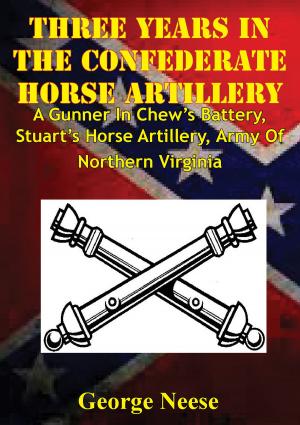
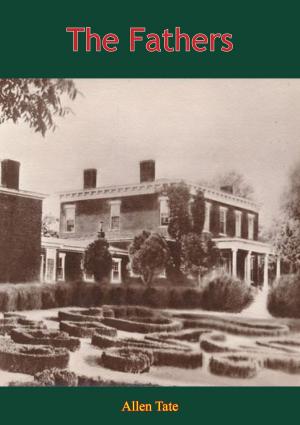

![Cover of the book The Story Of A Common Soldier Of Army Life In The Civil War, 1861-1865 [Illustrated Edition] by William W. Hassler](https://www.kuoky.com/images/2015/november/300x300/9781786251183-4wVL_300x.jpg)
